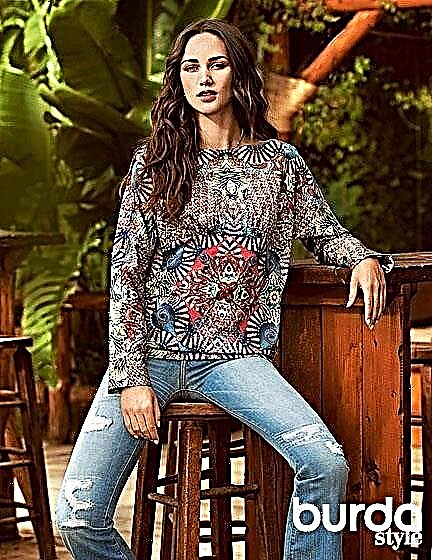Share
Pin
Tweet
Send
Share
Send
A neatly stitched product that perfectly emphasizes the dignity of the figure is only half the battle. The way your next masterpiece will look in the end depends on the mastery of "owning" the iron.
Wet heat treatment (WTO) of fabric and products plays a very important role in sewing. Only at first glance it seems that it is simpler - took the iron, heated it to the desired temperature and stroked. But it was not there. It turns out that even in this simple matter there are little tricks and secrets that we will reveal to you.
BurdaStyle Tips
- First of all, you need to make sure that the substrate on the ironing board is quite soft, otherwise the relief marks from the metal surface will appear during the WTO, especially on thin fabrics. If the purchased case does not meet these requirements, it is better to replace it.
- Before ironing the seams of the product to the side or in the spread, they need to be steamed "flat".
- So that during the WTO, the traces of the iron are not printed on the front side, it is best to put stripes of Whatman paper or other thick paper 5-7 cm wide under the allowances. We do the same with the bottom hem.
- For bending the coat, you can use a piece of the main fabric, putting it butt to stock and only after that iron the necessary area. In this case, the thickness of the hem and fabric are the same, and it turns out that you are steaming a single canvas without transitions.
- Sometimes a special Teflon sole for delicate fabrics, which comes with some modern irons, saves from traces. But before use, it is worth checking on a piece of fabric from which your thing is sewn, whether this is so.
- Correctly smooth the fold of the lapel can be done using a towel folded several times. Put the shelf of the jacket or coat on the ironing board, bend the lapel as it will lie in the sock. And under this fold you need to put a folded towel. This is necessary so that the bend is not ironed tightly, but is rounded. And only then iron it through the ironer - a small section of soft, thin, plain fabric, preferably white. You can through the diaper. It is even better to carry out the WTO lapel procedure on a mannequin (if there is one, of course) - just steam it up.
- WTO fold collar do not. Lay the collar on the bend, so that it will lie on the neck. In this form, prick it on a mannequin or on the neck of a three-liter jar wrapped in a towel. Then lightly sprinkle the collar from the spray gun and let it dry. Then he will lie well in the product. This is called molding the collar, which must be done BEFORE it is sewn into the neck of the product.
- The sleeve allowances are ironed on a special wooden fixture, which repeats the shape of the sleeve. If one is not available, put the okat on a jar wrapped in a towel.
- The WTO of the two-seam sleeve is carried out alternately. The first seam is smoothed in the spread of the part.And the second is on the edge of the ironing board so that no creases are formed on the sleeve. Or on a sleeve platform, if the sleeve width allows it. And do not forget to slightly elbow sections to pull, and the front - to slouch.
From personal experience
Most manufacturers process viscose lining fabric. That is why when we buy it, it looks so smooth and even. But all this evenness and smoothness disappears immediately after washing. It turns out that it is better not to wash the viscose lining for coats and jackets!Fold the viscose lining in half with the front side inward. Sprinkle it from the inside of the spray gun and iron on both sides. The VTO of tissue fold is carried out in one layer, in the unfolded form, also from the inside. Only in this case, the viscose lining will retain its original beauty.
Photo: BurdaStyle.ru
An article on the materials of the forum was prepared by Julia Dekanova
Share
Pin
Tweet
Send
Share
Send



